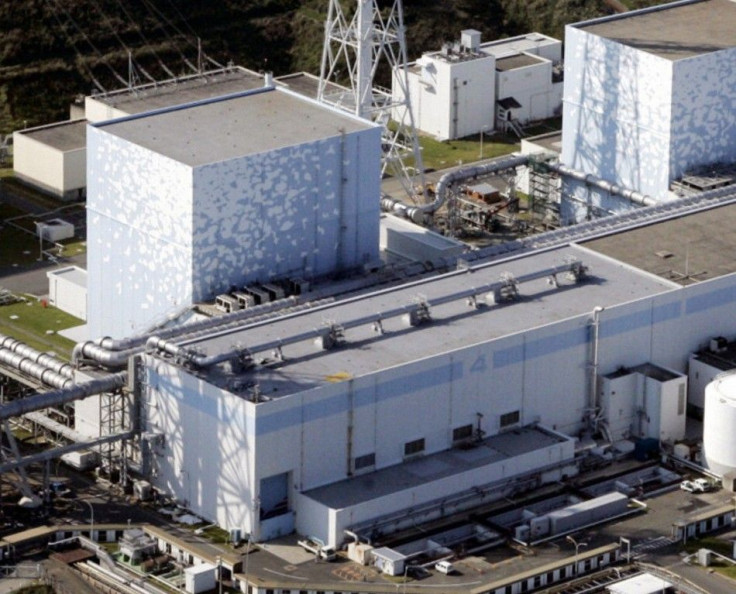TEPCO could face up to $23.6-bln in claims: JP Morgan

The Tokyo Electric Power Co. (TEPCO), which operated the crippled Fukushima Dai-ichi nuclear power plant, may be subject to up to 2-trillion yen ($23.6-billion) in compensation claims by local communities, according to a study by JP Morgan.
Fukushima Daiichi is at the very heart of Japan’s nuclear crisis – TEPCO is desperately seeking to contain the radiation leak at the reactor which was badly damaged by a combination of earthquake and tsunami last month.
On Tuesday, Japan's Nuclear and Industrial Safety Agency raised the severity of the nuclear crisis at the plant to level 7 (matching the emergency level at the Chernobyl plant in Ukraine).
Since the March 11, TEPCO shares have plunged more than 75 percent to all-time lows.
The compensation that TEPCO will ultimately face may depend on the interpretation of Japanese laws. Under such laws, a nuclear plant operator may be relieved of liability if an accident occurs because of a grave natural disaster of an exceptional character.
“A key issue concerning damage compensation is whether the Fukushima nuclear plant accident is considered an unavoidable natural disaster,” wrote Tomohiro Jikihara, an analyst at JP Morgan.
“In the case of losses, TEPCO also bears liability. We assume compensation of 2 trillion yen.
The Japanese government has not yet decided how it will classify the earthquake and tsunami disaster. There are also questions over how much government financial support TEPCO might receive in the event it is adjudged to be liable for all damages in the absence of exemptions.
© Copyright IBTimes 2025. All rights reserved.




















